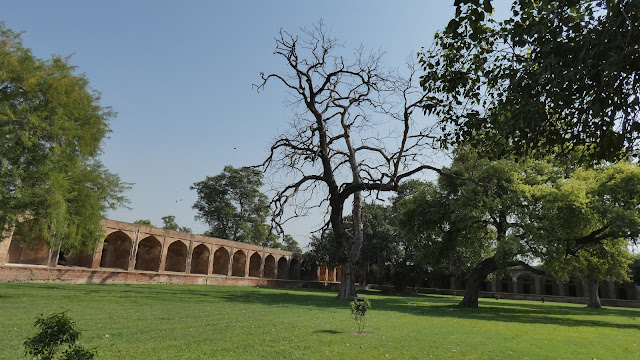Socotra is an isolated island,
situated around 250 miles off the coast of Yemen. It is a small archipelago of
four islands in the Indian Ocean. The exclusive characteristic of Socotra Island
is to home of some of weirdest looking plants that are found nowhere else on
planet earth. The largest member of the archipelago also called Socotra. The
Socotra is also spelled Sokotra, Arabic Suquṭrā, Island. Actually, Socotra
Island is an archipelago formed of four islands, near the Gulf of Aden. It is
very isolated, and has a harsh, hot, and dry climate, used to be part of Africa
six million years ago. The trees are out of Land of the Lost and the feeling
you have is like nowhere else.
Socotra Island is swarming more
than 800 rare species of plants of which more than a third are endemic. The extremely
high levels of endemism also take place in Socotra’s reptiles. Also 90% of its
reptile species and 95% of its land snail species do not occur anywhere else on
the earth. In recognition of its distinct plant and animal life, the
archipelago was designated a UNESCO World Heritage site in 2008. The Socotra
Island has a rich fauna, including several endemic species of birds, i.e., Socotra
starling, the Socotra sunbird, Socotra bunting, Socotra cisticola, Socotra
sparrow, Socotra golden-winged grosbeak and a species in a monotypic genus, the
Socotra warbler.
Socotra Island marine life is
very diverse with 253 species of reef-building corals, 730 species of coastal
fish and 300 species of crab, lobster and shrimp, and well represented in the
property’s marine areas. The Socotra Island is considerably inhabited, and has
been for more than 2,000 years. Almost 50,000 people now live on the main island
of the archipelago, engaged with fishing, animal husbandry, and the cultivation
of dates are the primary occupations of the indigenous population. In 2010 a
Russian archaeological team discovered the ruins of a city on Socotra dating to
the second century. The island is also held by some to be the location of the
original Garden of Eden, due to its isolation, biological diversity, and the
fact that it is located on the edge of Yemen’s Gulf of Aden, which many connect
with the ancient Sumerian tales of a paradise called Dilmun.
More than 250 million years ago,
Socotra Island stood apart, when all planets were joined and most main life
forms roamed freely. Socotra has been breeding many species of plants, birds
and animals. The most famous plant is secular Cinnabar or Dragon’s Blood Tree
“Dracaena cinnabari”, which is an umbrella shaped tree. Locals have different
superstitions about this tree, believed this tree has red sap thought to be
dragon’s blood of the ancient. However, this plant is used in medicine, dye,
paint & varnish, various endemic aloes, and for cosmetics. Socotra
isolation from other land masses meant whatever evolutionary process the flora
and fauna underwent never spread to the mainland.
Another great plant is Desert
Rose Tree (Adenium obesium), which appears to have some captivating forms that
are trying to penetrate the rocky soil. It also produces striking massive pink
flowers in April. Its trunk is a precious reservoir of water for this area with
a nearly desert climate and it can reach five meters in height and three meters
in diameter. Other endemic plants includes the massive succulent tree Dorstenia
gigas, the cucumber treem Moraceae, Dendrosicyos socotranus, the rare Socotran
pomegranate (Punica protopunica), Aloe perryi and Boswellia socotrana. In the
interior, nomads keep cattle and other animals and raise some crops. Socotra
Island main exports are ghee (clarified butter), fish, and frankincense.
On the
other hand, the only mammals native to Socotra are bats. However, on the island
there are many cats and dogs, which are much bigger than the European ones,
reaching up to 27 pounds. Socotra has unbelievable Alien beauty and natural
habitat, mesmerizing place and welcoming, simple people. Socotra Island has
airport facility. The best time to visit Island from October till April. The
other months have heavy monsoon rainfall, making it difficult for tourist
survival and flights often cancelled. Moreover, keep in mind Socotra Island
doesn’t have any well-established hotels, only few guest houses for travelers
to stay.

























































